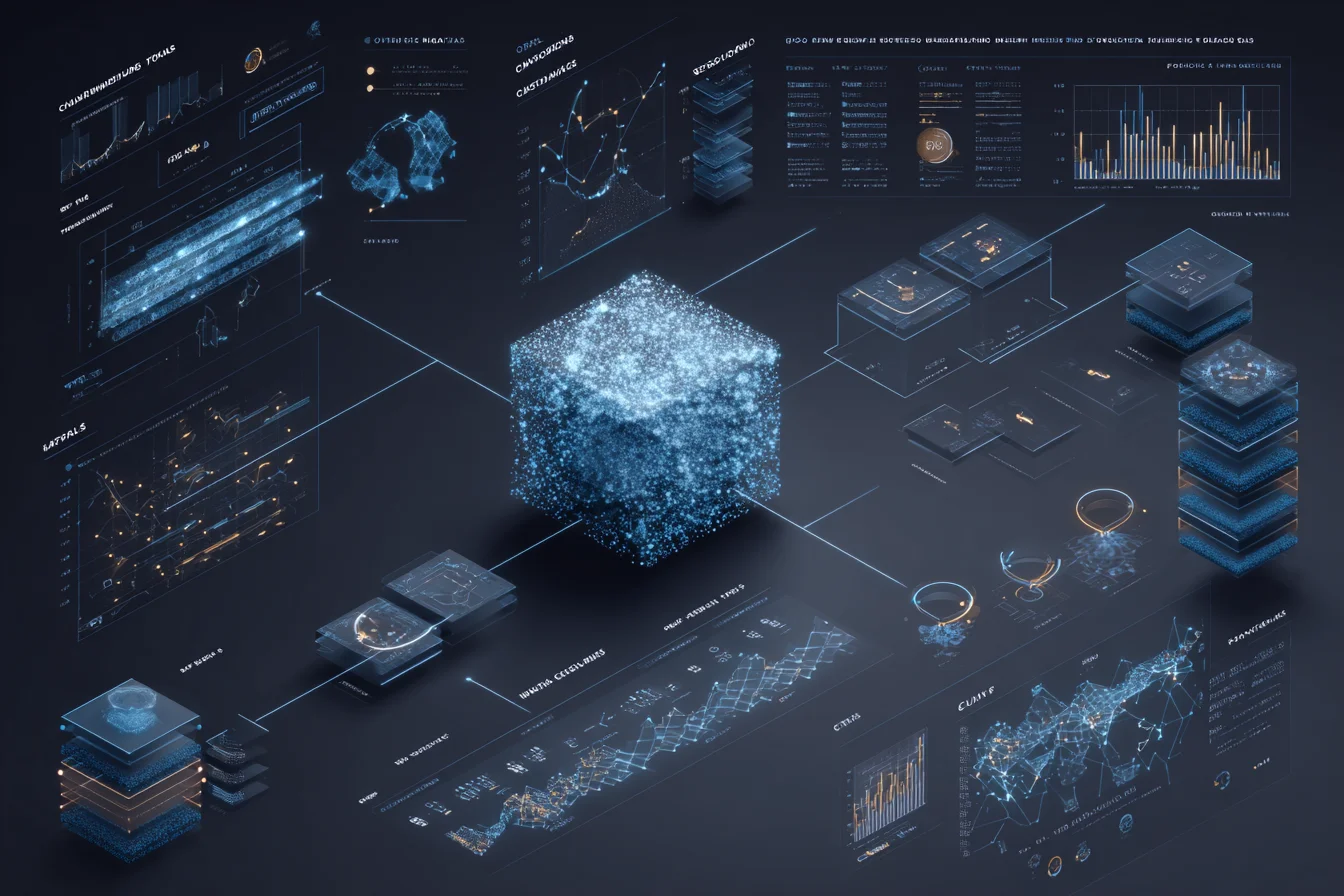Introduction to Stateless AI
In the realm of artificial intelligence, the term stateless AI refers to systems that do not retain any data or information from previous interactions or sessions. This design approach has gained popularity due to its appealing simplicity and performance advantages. However, while stateless architectures can lead to reduced operational complexity and lower initial costs, they often come with hidden expenses that can significantly impact an organization's bottom line.
The Benefits of Stateless AI
Before delving into the hidden costs, it’s important to acknowledge the advantages of stateless architectures:
- Simplicity: Stateless systems are easier to develop and maintain since each request is independent.
- Scalability: These systems can be scaled horizontally without the burden of managing session data.
- Fault Tolerance: The failure of one component does not affect the others, enhancing overall system reliability.
Understanding the Hidden Costs
Despite these benefits, several hidden costs associated with stateless AI warrant careful consideration:
1. Increased Latency and Resource Consumption
Stateless AI systems often require repeated data fetching and processing. In scenarios where real-time responses are critical, this can lead to increased latency, negatively impacting user experience. The frequent calls to external data sources can also increase the overall resource consumption, leading to higher operational costs.
2. Data Management Challenges
In a stateless environment, managing data can become cumbersome. Without session persistence, developers must design complex workflows to handle data input and retrieval. This additional complexity can lead to:
- Data Inconsistency: With no stored context, the chances of processing outdated or conflicting information rise.
- Increased Development Time: More time is needed for data management and workflow design, inflating the overall development budget.
3. Overhead in User Experience
The lack of persistent data means that users may need to re-enter information or settings, causing frustration and potentially leading to disengagement. A seamless user experience often relies on retaining context, which is a challenge for stateless systems. This overhead not only affects user satisfaction but can also impact conversion rates and customer retention.
4. Challenges with Machine Learning Models
Stateless AI systems can limit the effectiveness of machine learning models that rely on historical data for training and inference. The inability to leverage previous interactions can hinder the system's ability to learn and adapt, leading to:
- Less Personalization: Users may receive generic responses instead of tailored interactions.
- Suboptimal Performance: Models may struggle to improve over time, reducing their efficacy.
Evaluating Alternative Architectures
For organizations contemplating the adoption of stateless AI, it's crucial to weigh these hidden costs against the benefits. In some cases, a hybrid approach that incorporates stateful elements may provide a better balance of performance, user experience, and cost-effectiveness. Here are a few considerations:
- Incorporate Session Management: Consider implementing lightweight session management to retain critical user data without overwhelming the system.
- Leverage Caching Strategies: Utilize caching mechanisms to minimize data fetching and reduce latency.
- Explore Stateful AI Solutions: Evaluate whether stateful AI models might better suit the needs of your application, particularly if personalized user experiences and historical data are paramount.
Conclusion
While stateless AI systems offer simplicity and scalability, it's essential to recognize the hidden costs that can arise from their implementation. By understanding these challenges, organizations can make informed decisions about their AI architectures, ensuring they optimize both performance and user experience while managing costs effectively. Balancing stateless and stateful approaches may be the key to leveraging AI technologies to their fullest potential.

